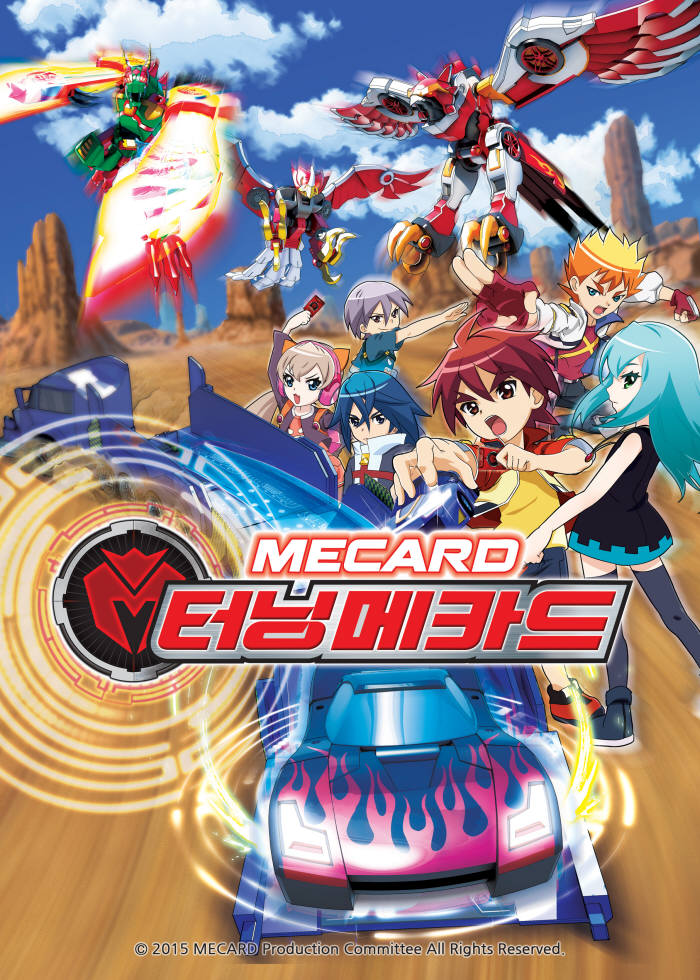The craze over transforming robots will be reignited this year in Korea’s animation character market. Following Carbot, BIKLONZ and The Great Warrior Mini Force last year, new characters like Turning Mecard and Robot Train RT have been introduced in the market since the beginning of the year. The new characters target not only domestic, but also Hallyu (Korean wave) content markets abroad, such as China, according to an analysis.

According to the industry on the 18th, CJ E&M is scheduled to introduce a transforming robot character called ‘Robot Train RT’ next month. Following CJ E&M, Sonokong (CEO: Kim Jong-wan) will also release ‘Turning Mecard,’ a robot transforming into an automobile.
In particular, CJ E&M became the first large enterprise to enter animation and character industry by installing an animation division within the company and producing ‘Robot Train RT.’ ‘Robot Train RT’ is a story about characters developing a new train village by digging tunnel. Starting from SBS on the 25th of next month, ‘Robot Train RT’ will be televised through a number of cable TV channels. At the same time, CJ E&M will introduce character products including toys.
Sonokong released ‘Hello Carbot’ through cooperation with Hyundai Motor Company last year. This year, it is scheduled to introduce ‘Turning Mecard,’ an animated film about a robot transforming into an automobile. ‘Turning Mecard’ is a story of children that collect ‘Mechaniamls,’ which are alien turning into mini cars. At the end of last year, ‘Turning Mecard’ was released as a special edition through a cable TV channel. From next month, it will be televised on KBS 2 TV as a 52-episode series. Sonokong will also start selling ‘Turning Mecard’ character toys.
The reason companies are showing interest in transforming robots is because not only the domestic market is displaying a trend of growth, but also entry to the Chinese market is anticipated.
Director Park Byeong-ho of Animation and Character Team in Korea Creative Content Agency forecast, “As a number of distribution media, such as Internet and mobile channels, can be used, various domestically created animation contents and characters are being poured out into the market, and thus will grow the market pie.”
The industry has high expectations for export to China. As China’s post 80’s generation that had been born during the period of one-child policy reached the marriageable age, children-related consumptions are forecast to increase rapidly. The fact that interest in ‘Hallyu (Koran wave)’ contents increased through broadcasting and music is also advantageous for Korean companies.
“China’s character and animation industry scale is KRW 16.7 trillion and it is growing by around 30% annually,” said Researcher Go Bong-jong from Daishin Securities. “China focuses on the main product, and thus is insufficient in character product manufacturing by itself. In addition, consumers’ preference for Korean products is high. Therefore, by increasing recognition through new distribution media, such as Internet, Korean companies can also export a number of character products, such as theme parks and toys.”